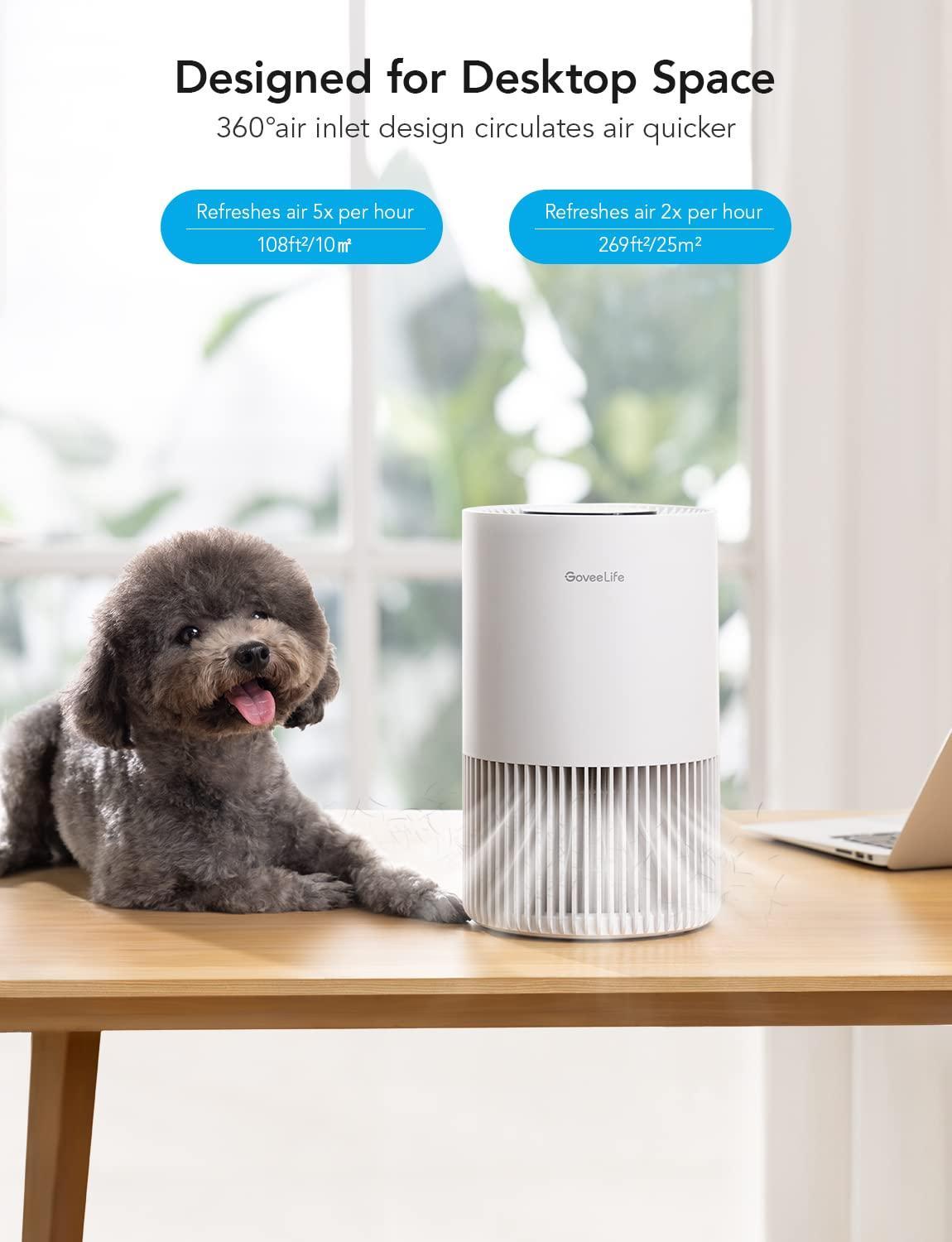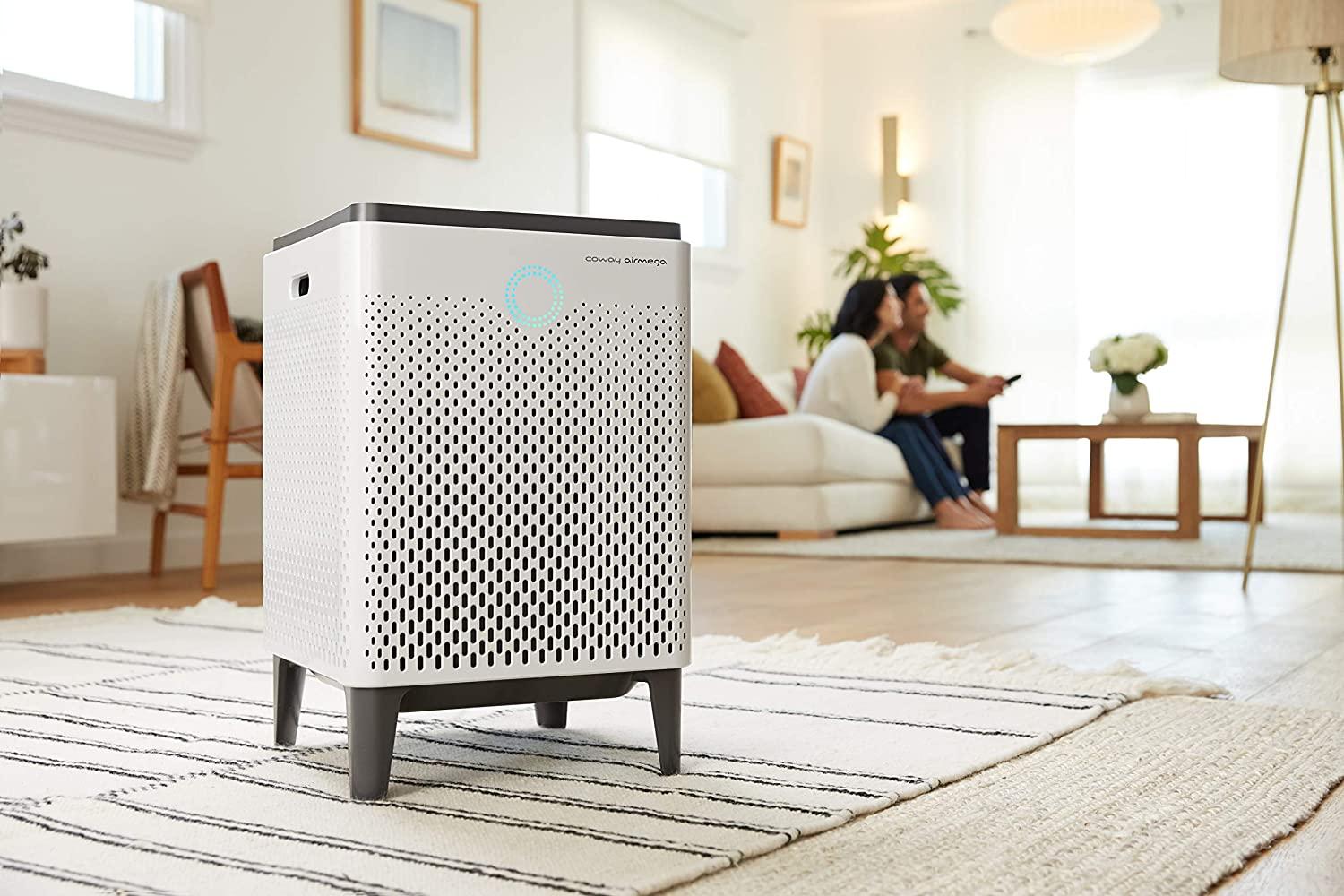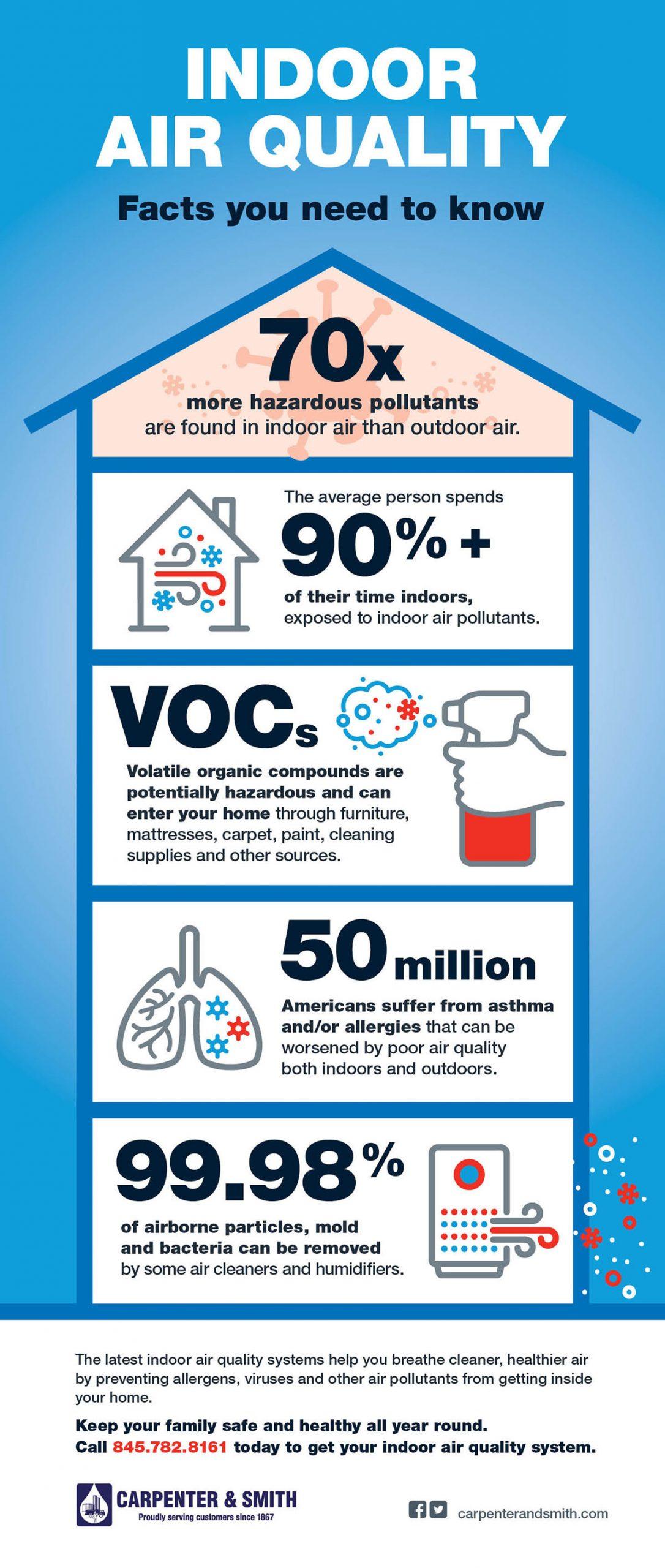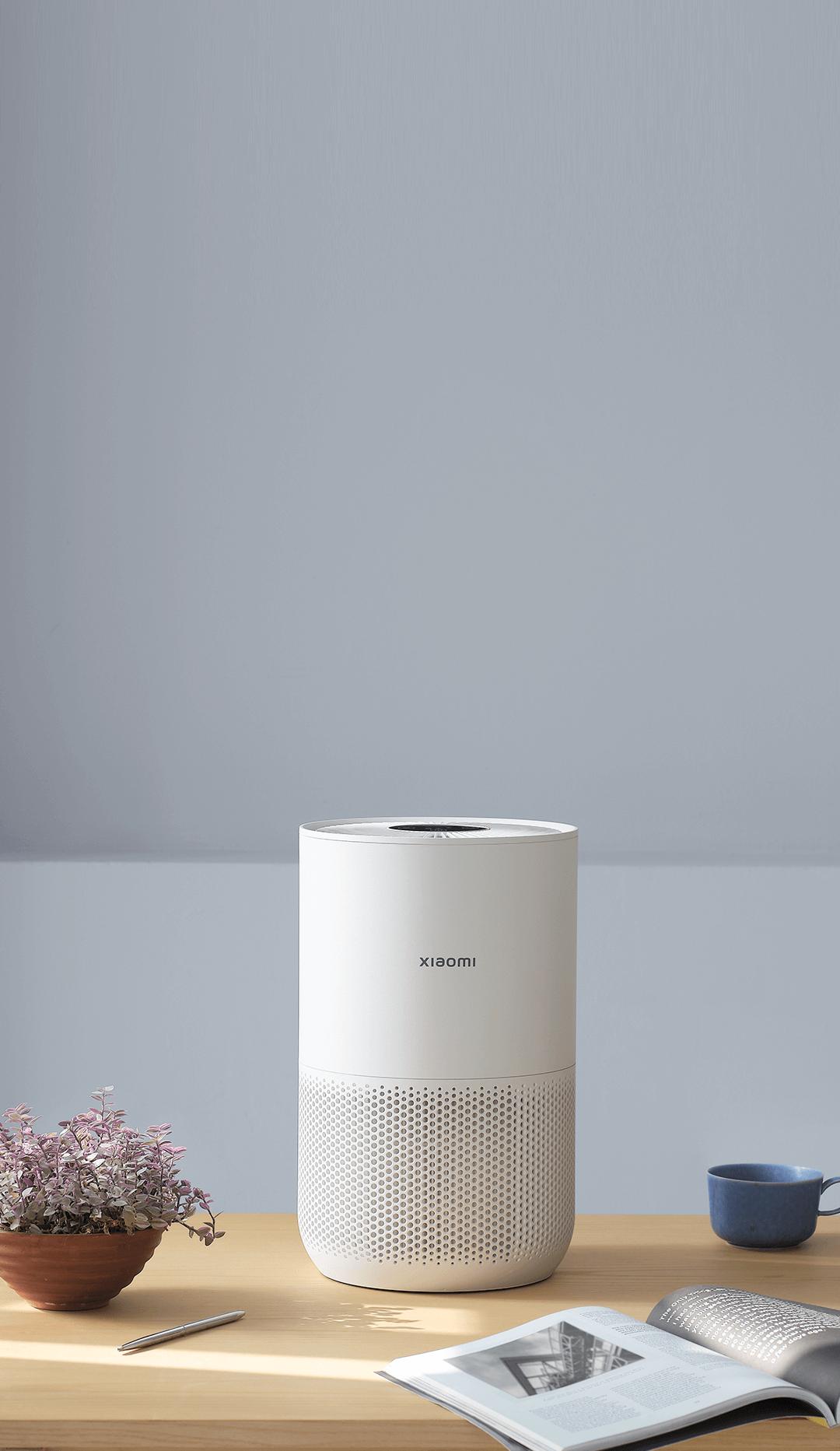In an era where technology seamlessly intertwines with our daily routines, the realm of home appliances is undergoing a remarkable transformation. Among the stars of this innovation is the smart air purifier—an appliance that promises not only cleaner air but also a convenient, app-controlled experience. As we navigate through an increasingly polluted world, these devices tout features ranging from real-time air quality monitoring to personalized settings, all at the touch of a finger. But are these high-tech purifiers truly a breath of fresh air, or are they merely a gimmicky addition to the modern household? Join us as we delve into the world of smart air purifiers, exploring their benefits, potential drawbacks, and the real value they bring to our pursuit of healthier living environments.
Understanding the Technology Behind Smart Air Purifiers
Smart air purifiers have taken the traditional air-cleaning devices to a whole new level by integrating advanced technology and connectivity. These devices employ high-efficiency particulate air (HEPA) filters, which can capture up to 99.97% of particles as small as 0.3 microns, ensuring that dust, pollen, and even pet dander are effectively removed from the air. Beyond the basic filtering mechanism, many smart air purifiers also come equipped with sensors that continuously monitor air quality levels. This real-time data allows for automatic adjustments in fan speed and purification levels, providing optimal performance without user intervention.
Another intriguing aspect of smart air purifiers is their ability to connect with mobile applications. Through these apps, users can easily track air quality indicators, filter usage, and even receive maintenance reminders. Some models offer voice control features, enabling users to operate their devices effortlessly through popular smart home assistants. To give you a clearer picture of these features, here’s a quick comparison of key functionalities:
| Functionality | Basic Model | Smart Model |
|---|---|---|
| Real-Time Air Quality Monitoring | No | Yes |
| Mobile App Control | No | Yes |
| Voice Control Compatibility | No | Yes |
| Auto Filter Change Notifications | No | Yes |

Evaluating App Functionality and User Experience
When assessing the effectiveness of smart air purifiers, it’s essential to look beyond the basic filtration capabilities and delve into their app functionality and user experience. An intuitive app interface can significantly enhance the overall user experience by enabling seamless control of the air purifier’s settings, scheduling operation times, and real-time monitoring of air quality. Key features that elevate functionality include:
- Remote Monitoring: Users can track indoor air quality levels from anywhere, ensuring peace of mind.
- Customizable Settings: Adjust fan speeds and filter settings according to personal preferences, enhancing comfort.
- Maintenance Reminders: Notifications on filter replacement and maintenance ensure optimal performance.
Furthermore, the overall user experience is not solely dependent on app controls but also on how these features are integrated into daily life. A well-designed app should provide a smooth onboarding process, helping users understand functionality quickly. In addition, data visualization elements, such as graphs or color-coded air quality indicators, can simplify complex data and drive better engagement. Below is a comparison of popular smart air purifier apps that highlight their unique features:
| App Name | Key Feature | User Rating |
|---|---|---|
| PurifyMe | Real-time air quality updates | 4.6 |
| CleanAir Hub | Custom scheduling options | 4.5 |
| AeroControl | Voice command compatibility | 4.7 |

The Impact on Indoor Air Quality and Health Benefits
Indoor air quality has become increasingly important as we spend more time inside our homes. Smart air purifiers equipped with app control technology offer users a way to monitor and improve their indoor environment effectively. These devices can detect pollutants and allergens in real-time, ensuring that the air you breathe is clean and conducive to good health. Some of the benefits include:
- Reduction of Allergens: Smart purifiers can filter out common irritants such as dust mites, pet dander, and pollen.
- Elimination of Harmful Chemicals: They can also capture volatile organic compounds (VOCs) present in various household items.
- Improved Respiratory Health: Clean air can alleviate symptoms of asthma and allergies.
Moreover, these devices often promote health through their integrated health features. With app controls, users can track air quality data and receive real-time alerts, enabling them to take proactive measures to enhance their living conditions. Features such as filter replacement reminders help ensure optimal performance, as illustrated in the following table:
| Feature | Benefit |
|---|---|
| Real-Time Monitoring | Allows immediate response to changes in air quality. |
| Filter Replacement Alerts | Ensures peak efficiency and extends the lifespan of the purifier. |
| Customizable Settings | Optimizes performance based on specific household needs. |

Choosing the Right Smart Air Purifier for Your Needs
When selecting a smart air purifier, it’s essential to consider your specific requirements and lifestyle. Start by assessing the size of the area you wish to purify. Larger spaces may demand a more powerful unit with a higher Clean Air Delivery Rate (CADR). Key features to explore include filter types, as HEPA filters are excellent for capturing allergens while activated carbon filters tackle odors. Don’t overlook energy efficiency; look for units with an Energy Star rating to keep your electricity bills in check. Additional functionalities, such as real-time air quality monitoring and customizable settings, can enhance your user experience, providing you with insights and control at your fingertips.
It’s also wise to consider the compatibility with smart home systems you may already have in place. Many popular air purifiers integrate smoothly with platforms like Amazon Alexa or Google Assistant, allowing you to use voice commands for operation. Price point should not be disregarded either, as investing in a quality unit can lead to healthier living conditions. Creating a shortlist can simplify your decision-making process; organize potential candidates based on the following criteria:
| Feature | Criteria |
|---|---|
| CADR Rating | Match to room size |
| Filter Type | HEPA + Carbon |
| Smart Home Compatibility | Alexa/Google Assistant |
| Energy Efficiency | Energy Star Certified |
| Price | Budget-friendliness |
The Conclusion
In the age of intelligent technology, smart air purifiers represent a fascinating intersection of convenience and innovation. As we’ve explored, the allure of app control promises users the ability to manage their air quality from the palm of their hand, offering the kind of seamless integration into daily life that many have come to expect. However, the value of these gadgets ultimately hinges on individual needs and lifestyles.
For some, the convenience of tracking air quality in real-time and adjusting settings remotely will be a game changer, enhancing their living spaces and fostering healthier environments. For others, the simplicity of traditional models may suffice, drawing the line between innovation and over-complication.
As with many advancements in technology, what serves as a boon for one may be perceived as a gimmick by another. The true measure of smart air purifiers will be found in the everyday experiences of users, as they navigate the delicate balance between convenience, effectiveness, and the real impact on their well-being. So, as you consider your own choices in air purification, weigh the benefits alongside your personal preferences—after all, in the pursuit of a healthier home, one size certainly does not fit all.




